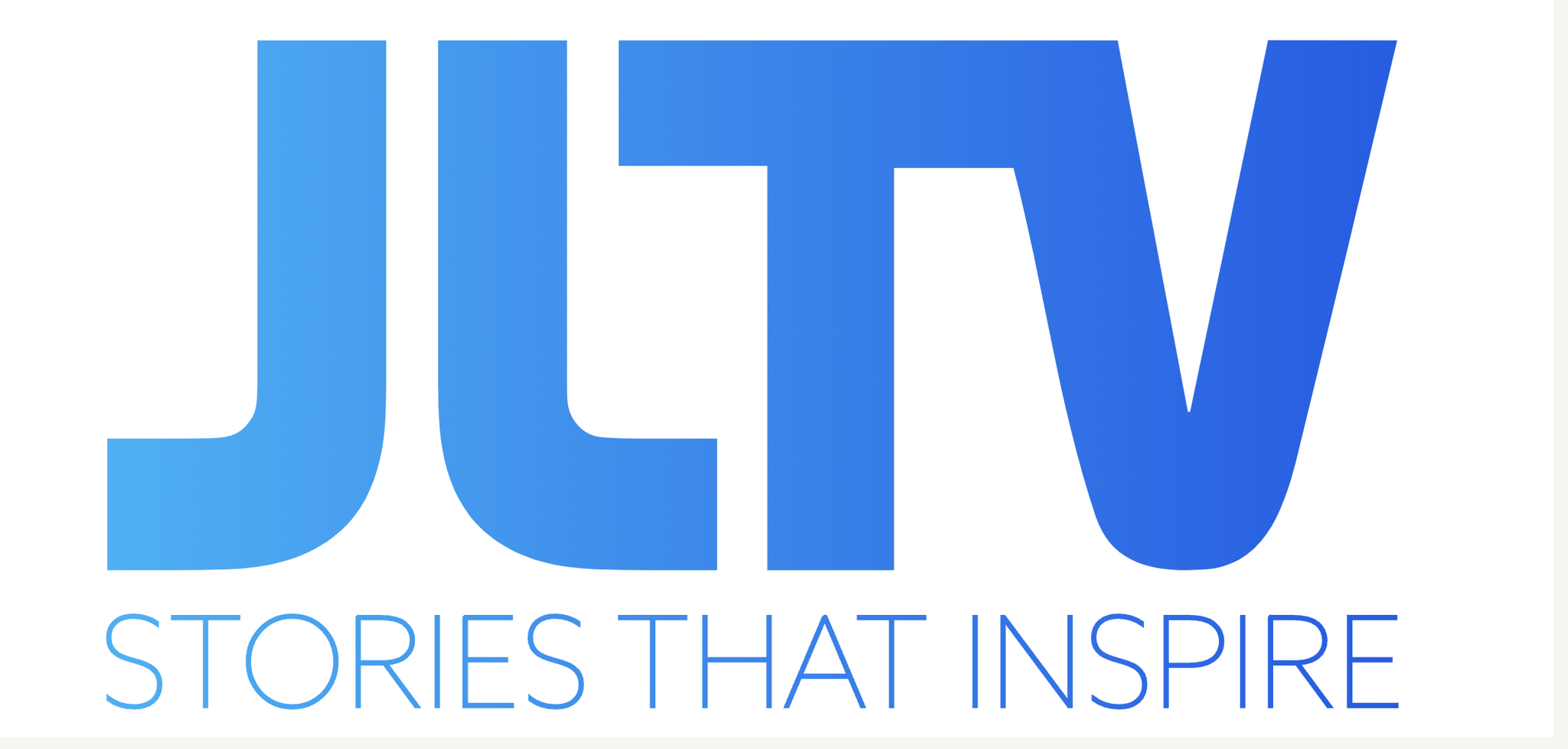Generations, the first Jewish-themed genealogy television series produced by the Museum of Jewish Heritage — A Living Memorial to the Holocaust, JewishGen, and JLTV, is scheduled to launch in the Fall of 2023.
The premiere episode has begun filming and will feature actors Camryn Manheim (Law and Order, The Practice) and her son, Milo Manheim (School Spirits, Zombies), exploring their DNA and family roots and revealing artifacts, objects, documents, and photographs to paint a full family portrait. The episode will also feature discussions with Camryn’s brother, Law Professor Karl Manheim, and their 97-year-old mother, Sylvia Manheim, which will reveal fascinating details about Camryn’s and Karl’s maternal and paternal lines from centuries past.

Milo Manheim (Credit: Kal Yee), Camryn Manheim (Credit: Cathryn Farnsworth), Generations Host Brad Pomerance (Credit: Joanna DeGeneres)
“Learning about my ancestors and my Jewish heritage holds immense significance for me,” says Camryn Manheim. “It allows me to connect with my roots, understand the rich tapestry of my family’s history, and appreciate the unimaginable struggles and triumphs that have shaped my life today. By learning about my ancestors, I am not only honoring their legacy but also gaining a deeper understanding of myself, my identity, and the world around me.”
“I am very excited to explore my Jewish roots and the lives of my ancestors,” says Milo Manheim. “Heritage is extremely important to my family, and tracing our roots will allow us to better understand the intangible attributes that have been passed down from generation to generation. This journey will provide a deeper understanding of who I am and will further instill a profound sense of pride in my heritage. By delving into the past, I will gain insights into the challenges my ancestors faced and the resilience they displayed, inspiring me to embrace my own journey with renewed strength and determination.”
First Jewish-themed Genealogy Television Series
The groundbreaking series Generations is the first Jewish-themed genealogy television series that will use the vast digital resources of JewishGen, under the guidance of JewishGen Executive Director Avraham Groll and Board of Governors Co-chair Karen Franklin; the historical resources of the Museum of Jewish Heritage; and the production resources of JLTV, to unravel centuries-old family mysteries and histories before and after landing on Ellis Island.
“Understanding the lives of Jewish people through history, not just here in New York but globally, is core to the mission of the Museum of Jewish Heritage,” says Jack Kliger, President and CEO of the Museum of Jewish Heritage. “Generations will offer valuable and inspiring insight into family histories and the research it takes to illuminate them, exploring the struggles and accomplishments of those who came before us. We are grateful to be part of such a groundbreaking series.”
Brad Pomerance, the host of several award-winning television programs, is anchoring Generations, and says, “Discovering one’s family history is a gift and an opportunity to learn more about oneself. It’s not only where we came from but how the lives of our ancestors shaped who we are today, and how that knowledge could, potentially, change our outlook on life. This is one of the most important projects of my career. We look forward to introducing viewers to Generations this fall, and are deeply grateful to Camryn, Milo, and their family for opening up their hearts to share their stories.”

About JLTV
Jewish Life Television (JLTV) is North America’s largest and most robust 24-7, Jewish-themed, English-language television network. JLTV provides high-quality, Jewish-inspired programming for audiences of all faiths who share an interest in the Jewish experience in North America, Israel, and around the world. JLTV is available through traditional and non-traditional video providers in the United States and Canada, including Bell Fibe, Charter/Spectrum, Comcast/Xfinity, Cox, DirectTV, and more (www.jltv.tv/channels). Over four million households watch JLTV every month. visit www.jltv.tv. For more information,

About JewishGen
JewishGen was founded in 1987 and serves as the global home for Jewish genealogy. Featuring unparalleled access to more than 30 million records, it offers unique search tools, along with opportunities for researchers to connect with others who share similar interests. There is no charge to access JewishGen’s resources. JewishGen is an affiliate of the Museum of Jewish Heritage – A Living Memorial to the Holocaust. For more information, visit www.jewishgen.org.

About the Museum of Jewish Heritage – A Living Memorial to the Holocaust
The Museum of Jewish Heritage – A Living Memorial to the Holocaust is committed to the crucial mission of educating diverse visitors and community members about Jewish life and heritage before, during, and after the Holocaust. The third-largest Holocaust museum in the world, the Museum of Jewish Heritage anchors the southernmost tip of Manhattan, completing the cultural and educational landscape it shares with the Statue of Liberty and Ellis Island.
The Museum of Jewish Heritage maintains a collection of almost 40,000 artifacts, photographs, documentary films, and survivor testimonies and contains classrooms, a 375-seat theater (Edmond J. Safra Hall), special exhibition galleries, a resource center for educators, and a memorial art installation, Garden of Stones, designed by internationally acclaimed sculptor Andy Goldsworthy.
Establishing a Jewish Genealogy Research Center
This announcement comes as the Museum of Jewish Heritage cements its plans to establish the Peter and Mary Kalikow Jewish Genealogy Research Center as a new part of the Museum’s space, where visitors will access the Jewish genealogy resources within JewishGen and the Museum’s respective collections to discover more about their Jewish history. The space will contain computer stations where visitors can access JewishGen’s genealogy resources and a vast collection of records and data, with printers on hand to bring research home. Visitors can also access hundreds of Yizkor (Memorial) Books and print materials. On-site volunteers and content experts will be on hand to assist in the research as well.
 Latest News Articles
Latest News Articles If you do not see a Plus Sign that is labeled "Add comment," you will need to upgrade to either a (FREE) Standard Edition or a (paid) Plus Edition subscription
If you do not see a Plus Sign that is labeled "Add comment," you will need to upgrade to either a (FREE) Standard Edition or a (paid) Plus Edition subscription